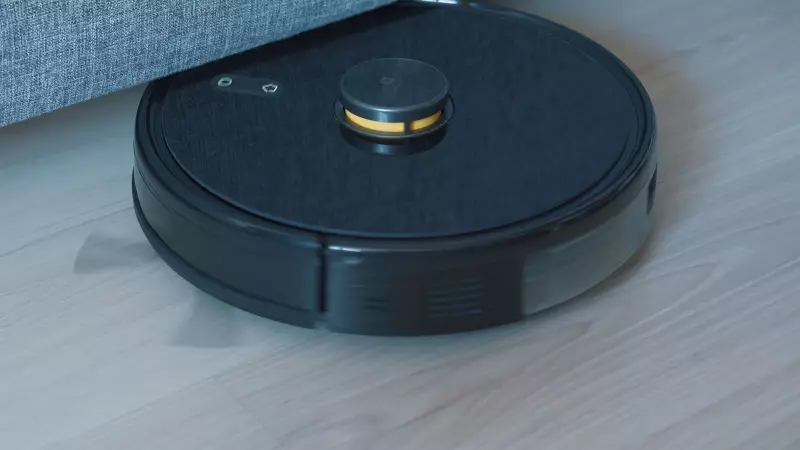
In a revelation that has sent shockwaves through the smart home community, a user discovered that his robot vacuum cleaner was quietly creating detailed maps of his entire home and transmitting this sensitive data directly to the manufacturer. This alarming discovery highlights the hidden privacy risks lurking in our increasingly connected households.
The Silent Observer in Your Living Room
What most users perceive as a simple cleaning device has evolved into something far more sophisticated. Modern robot vacuums equipped with advanced sensors and cameras don't just navigate around furniture—they create comprehensive, room-by-room layouts of your most private spaces, from bedroom arrangements to living room configurations.
How Your Data Travels Without Your Knowledge
The concerning aspect isn't just the data collection itself, but how this information gets transmitted:
- Continuous mapping of your home's layout and dimensions
- Regular data transmission to manufacturer servers
- Storage of personal space information without explicit consent
- Potential access by third parties through data sharing agreements
Why Indian Smart Home Owners Should Be Concerned
For Indian consumers embracing smart home technology, this discovery raises critical questions about data protection and privacy rights. The detailed maps created by these devices could reveal:
- Home security vulnerabilities through layout exposure
- Lifestyle patterns and daily routines
- Property value information through room sizes and layouts
- Personal preferences reflected in home decor and furnishings
Protecting Your Digital Privacy
As smart devices become increasingly integrated into Indian households, experts recommend several protective measures:
Review privacy settings thoroughly before using any connected device. Many manufacturers bury crucial data-sharing options in lengthy terms and conditions that most users accept without reading.
Regularly monitor network activity to identify unusual data transmissions. Smart home owners should use network monitoring tools to track what information their devices are sending out.
Consider offline alternatives for sensitive areas of your home. Sometimes, the old-fashioned way might be the safer option when it comes to protecting your privacy.
The Bigger Picture: Smart Home Security in India
This incident serves as a wake-up call for Indian consumers about the broader implications of smart home adoption. As we welcome more connected devices into our living spaces, we must remain vigilant about what data they collect, where it goes, and who has access to it.
The conversation around digital privacy needs to evolve alongside technological advancement, ensuring that convenience doesn't come at the cost of compromising our personal security and private spaces.





